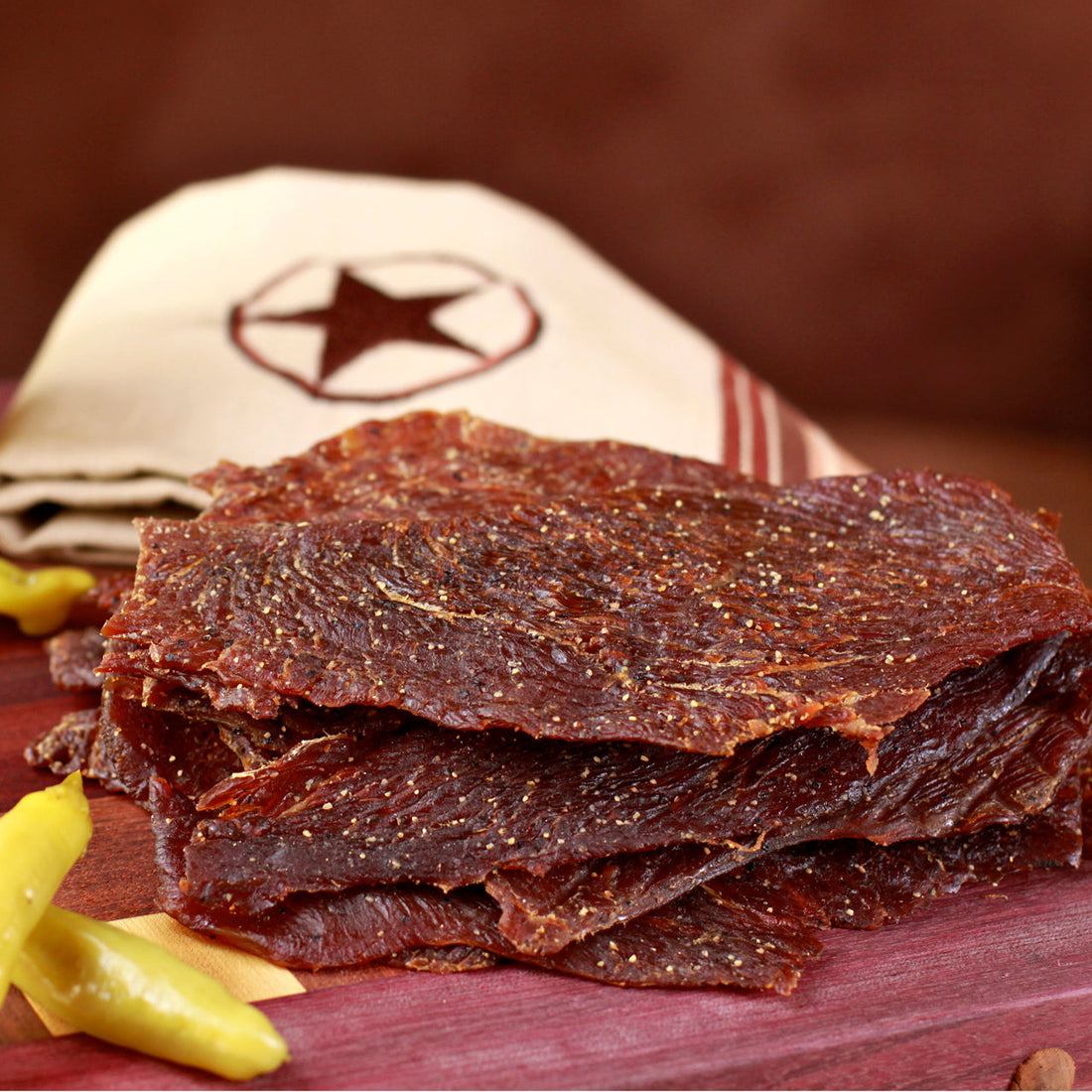
Mastering Turkey Jerky: A Step-by-Step Guide
Chad MathewsShare
Choosing Quality Turkey
When selecting turkey for jerky, quality is paramount. Opt for fresh, lean turkey breast with minimal fat to ensure a healthier snack. Look for meat free from added hormones or antibiotics, as these can compromise both flavor and health benefits. A high-quality turkey breast not only enhances taste but also contributes to a nutritious jerky that satisfies cravings.
The preparation process begins with slicing the turkey into uniform strips, which is crucial for even drying and marinating. Cutting against the grain ensures tenderness, while consistent thickness promotes optimal drying. Once sliced, marinating allows for flavor infusion, with various ingredients like soy sauce and spices enhancing the final product.
This careful attention to quality and technique results in a delicious turkey jerky that stands out.
Slicing the Turkey
Slicing the turkey is a crucial step in the jerky-making process, as it directly impacts the final texture and flavor. To achieve the best results, it's essential to cut the turkey breast into thin, uniform strips. This ensures even drying and marinating, leading to a consistent product.
When slicing, always remember to cut against the grain. This technique shortens the meat fibers, resulting in a more tender jerky. Consistency in thickness, ideally between 1/8 to 1/4 inch, is vital for uniform drying, enhancing the overall quality of the jerky.
Trimming excess fat is equally important, as it can negatively affect the jerky's shelf life. By starting with a high-quality turkey breast and slicing it correctly, you set the foundation for a flavorful and nutritious snack. Proper preparation at this stage is key to achieving the desired jerky experience.
Once the turkey is sliced, the next phase involves marinating, where creativity can flourish. Infusing the strips with various flavors allows for a personalized touch, making each batch unique. The right balance of moisture and flavor during this stage is essential for a delicious final product.
Marinating for Flavor
Marinating is a crucial step in the turkey jerky-making process, allowing you to infuse the meat with rich flavors. By using a variety of ingredients such="soy sauce, spices, and herbs," you can create a unique taste profile that sets your jerky apart. The balance between moisture and flavor is essential, ensuring the turkey remains tender and delicious.
The marinating duration significantly impacts the final product. A few hours can provide a subtle flavor, while overnight marination allows for deeper penetration of the spices. However, it's important to avoid over-marination, which can lead to an overly salty or overpowering taste. Properly marinated turkey strips will yield a jerky that is both flavorful and satisfying.
Once marinated, the turkey strips are ready for drying, which preserves the meat and enhances its texture. This step is vital for achieving that classic jerky consistency. Whether using a dehydrator, oven, or smoker, monitoring the drying process ensures the jerky remains pliable yet firm. The result is a delicious snack that showcases the benefits of marinating for flavor.
Drying the Jerky
The drying phase is essential in the turkey jerky-making process, as it removes moisture and creates that signature chewy texture. Using a dehydrator, oven, or smoker, it's crucial to monitor the temperature to prevent over-drying, which can lead to tough jerky. Typically, drying can take anywhere from 4 to 12 hours, depending on the thickness of the strips and the method used.
Once dried, proper storage is vital to maintain the jerky's flavor and texture. Keeping it in a cool, dry place in an airtight container or vacuum-sealed bag can significantly extend its shelf life. For added freshness, refrigerating the jerky is recommended, ensuring it remains delicious and safe to enjoy for longer periods.
Storing Your Jerky
To ensure your homemade turkey jerky remains flavorful and safe to eat, proper storage is essential. Store your jerky in a cool, dry place, ideally in an airtight container or vacuum-sealed bag. For extended freshness, consider refrigerating it. This will help maintain its texture and taste, allowing you to enjoy your delicious turkey jerky for a longer period.Unique Methods at Natural State Jerky
At Natural State Jerky, our unique methods elevate turkey jerky to an art form. We prioritize sourcing premium, locally raised turkey, ensuring each batch is fresh and free from additives. Our small-batch production allows for meticulous quality control, enabling us to experiment with flavors and techniques that result in a consistently delicious product that stands out in the market.
Our commitment to using only the freshest ingredients in our marinades enhances the flavor profile of our turkey jerky. By carefully monitoring moisture content and texture, we create a satisfying snack that is both nutritious and flavorful. With a diverse range of jerky options, including beef, elk, and wild boar, Natural State Jerky is dedicated to providing an exceptional jerky experience for every palate.
